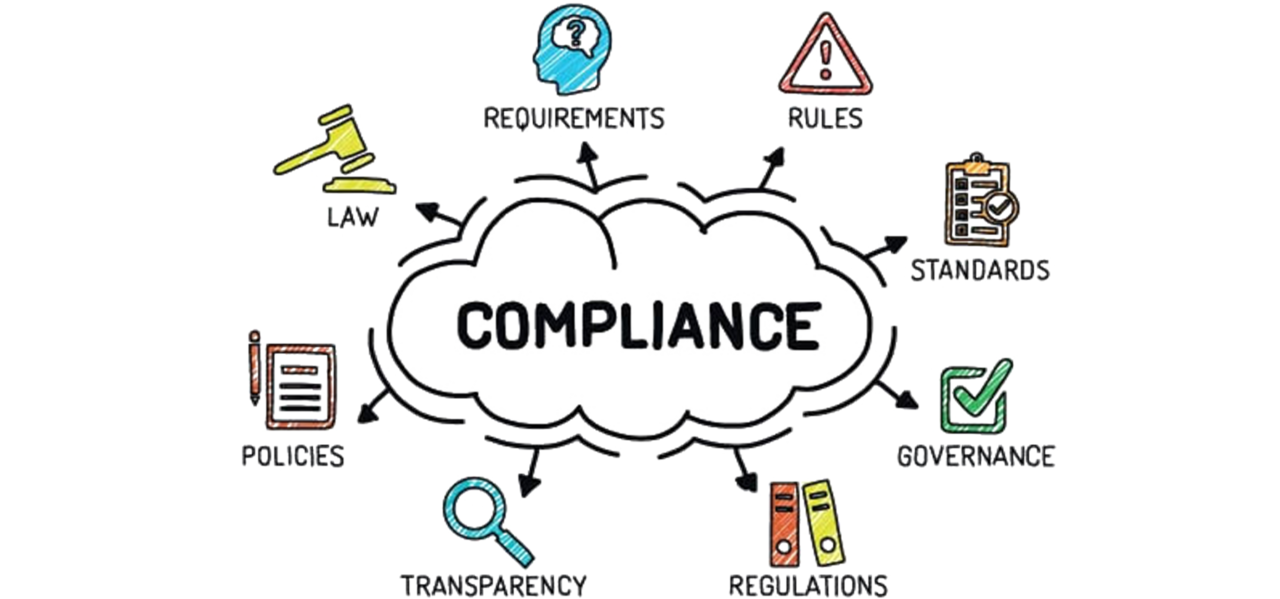Compliance & Safety in Warehousing: What Every Business Should Know | Cost & Efficiency Strategies
In today’s fast-paced logistics world, staying compliant with safety regulations is crucial for any warehouse operation. Whether you're a small business or a larger organization, understanding key compliance standards and safety measures helps protect your employees, reduce risks, and maintain an efficient operation. In this blog post, we’ll highlight essential safety, and compliance factors every Canadian business should be aware of, along with strategies to improve costs and efficiency.

1. The Importance of Compliance in Warehousing
Warehouses in Canada must adhere to a range of regulations, ensuring safe working conditions and minimizing business risks. These include:
- Occupational Health and Safety Act (OHSA) for workplace safety.
- Workplace Safety and Insurance Board (WSIB) for worker insurance.
- Canadian Standards Association (CSA) for equipment standards.
Non-compliance can lead to fines, legal issues, and downtime, so it's vital to stay updated on regulations and conduct routine safety checks.

2. Prioritizing Safety
Safety is critical to reduce workplace injuries and maintain a productive workforce. Key safety practices include:
- Employee Training: Provide training on safe operation of equipment, material handling, and emergency protocols.
- Regular Safety Inspections: Ensure all equipment and safety measures are in working order.
- PPE: Equip employees with protective gear like gloves and helmets.
- Clear Signage: Mark hazardous areas and safety routes.
- Emergency Protocols: Ensure employees know emergency procedures.
Safety not only protects your team but also enhances operational efficiency by minimizing downtime and liability.
3. Cost-Effective Compliance Strategies
While compliance and safety are crucial, they don’t have to break the bank. Here are a few cost-effective strategies:
- Embrace Automation: Automate tasks with technology to reduce human error and improve safety.
- Preventative Maintenance: Regularly maintain equipment to avoid costly repairs and downtime.
- Outsource Compliance Audits: Third-party audits can ensure compliance without the need for a full-time officer.
- Optimize Storage: Efficient use of warehouse space can reduce costs and increase safety.
Investing in these strategies can help your business operate smoothly and cost-effectively while staying compliant.
4. Efficiency Strategies
Maximizing warehouse efficiency leads to cost savings and improved productivity. Consider these strategies:
- Lean Principles: Eliminate waste and streamline processes.
- Data-Driven Decisions: Use warehouse management systems (WMS) to track inventory and optimize workflows.
- Cross-Training Employees: Cross-trained staff can perform multiple roles, reducing downtime.
- Optimized Picking Methods: Implement picking strategies that align with your warehouse layout to increase speed and reduce errors.
Improving efficiency also leads to a safer work environment by minimizing risks related to workflow congestion and overloading.
5. Looking Ahead: Future Trends
Keeping up with trends like AI, automation, and sustainability can further enhance efficiency and safety. Embrace new technologies and green practices to stay competitive and cost-efficient.

Why 3PL Services Are Essential for Business Growth
A safe, compliant warehouse is a productive one. By prioritizing safety, staying compliant with regulations, and adopting cost-effective efficiency strategies, your business can reduce risks, lower costs, and improve performance.
Lane Logistics is a leading Canadian 3PL, let us help!
 Skip to main content
Skip to main content
